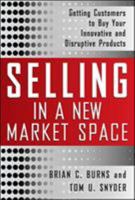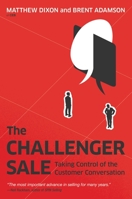Curiosities of the Confederate Capital: Untold Richmond Stories of the Spectacular, Tragic and Bizarre
Select Format
Select Condition 
You Might Also Enjoy
Book Overview
In the early days of the Civil War, Richmond was declared the capital of the Confederacy, and until now, countless stories from its tenure as the Southern headquarters have remained buried. Mary E. Walker, a Union doctor and feminist, was once held captiv
Format:Paperback
Language:English
ISBN:1609499549
ISBN13:9781609499549
Release Date:April 2013
Publisher:History Press
Length:160 Pages
Weight:0.65 lbs.
Dimensions:0.6" x 6.0" x 8.9"
Customer Reviews
5 customer ratings | 5 reviews
There are currently no reviews. Be the first to review this work.







































